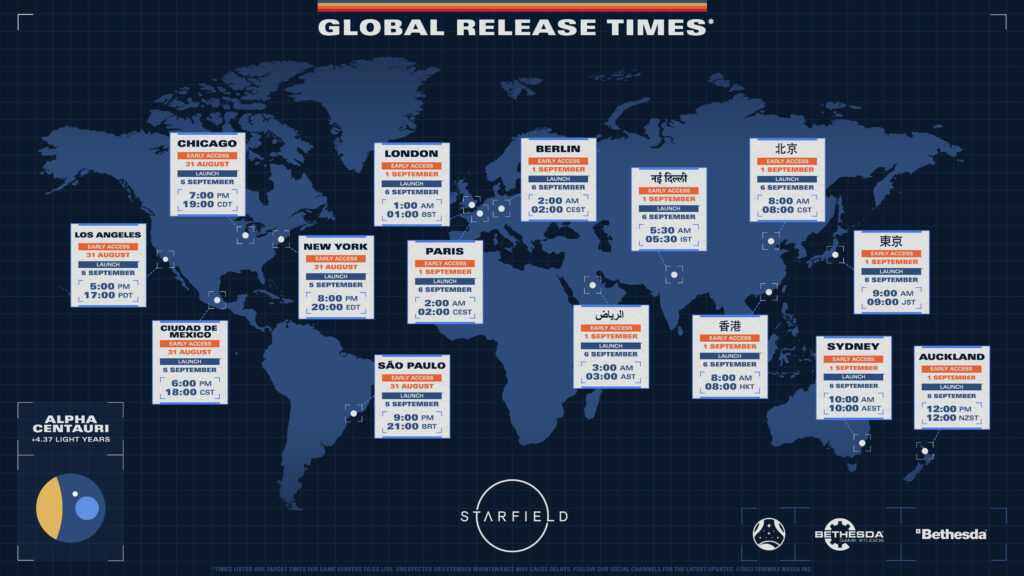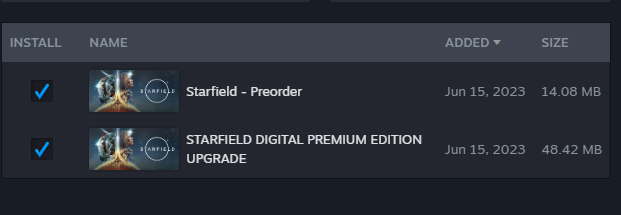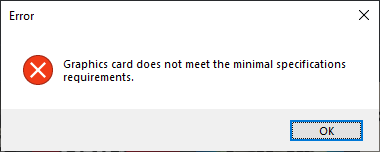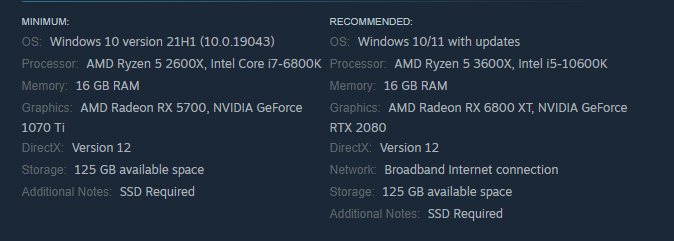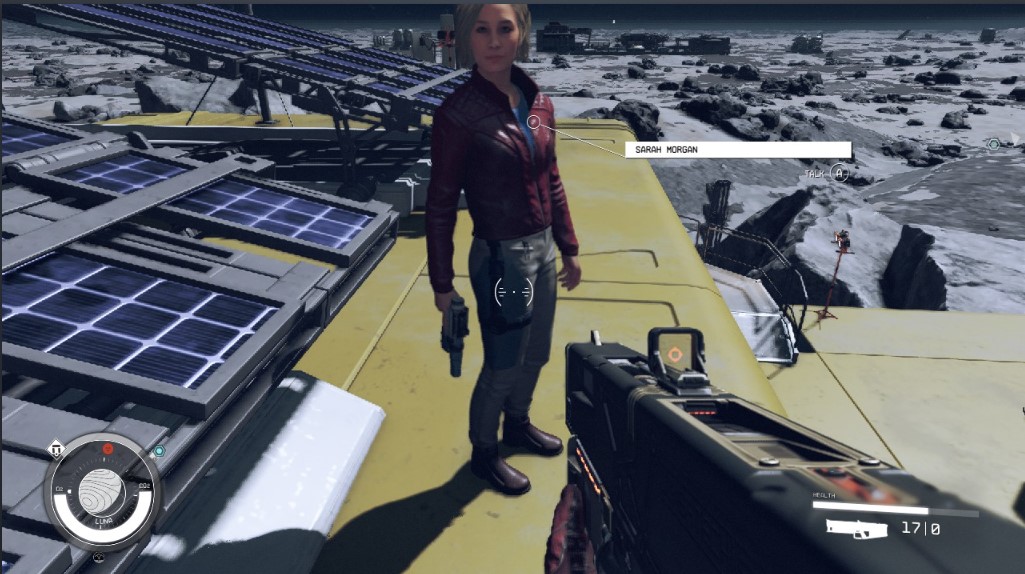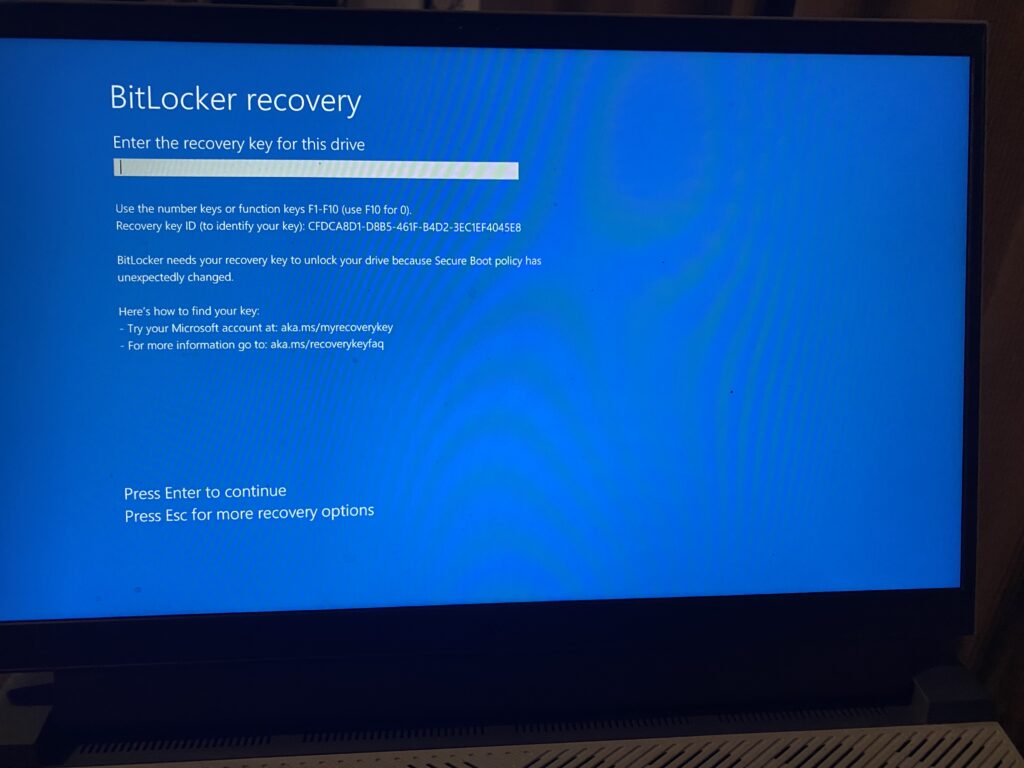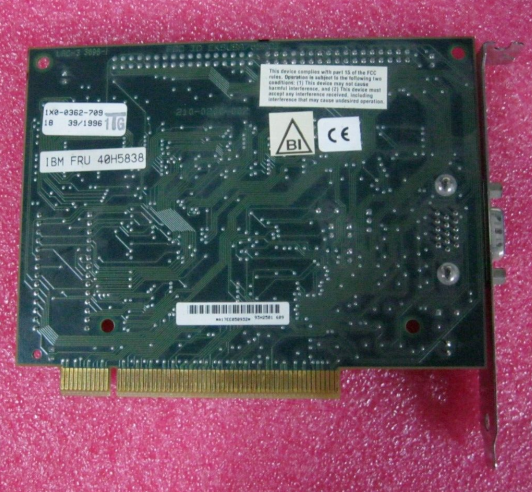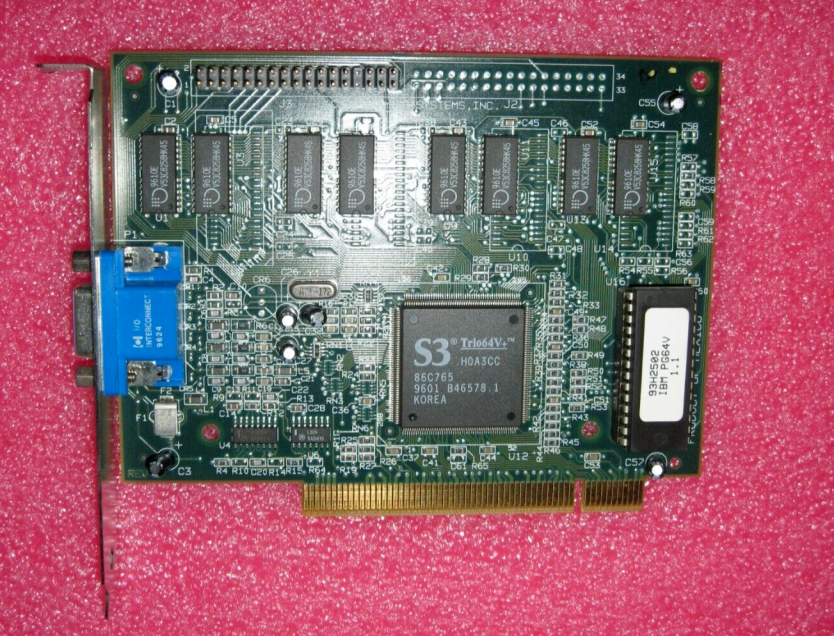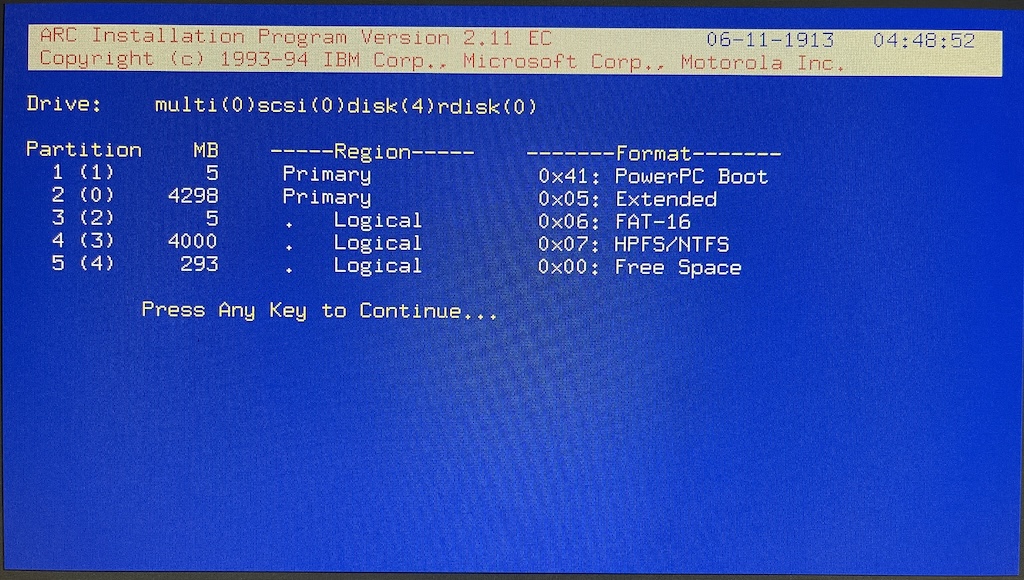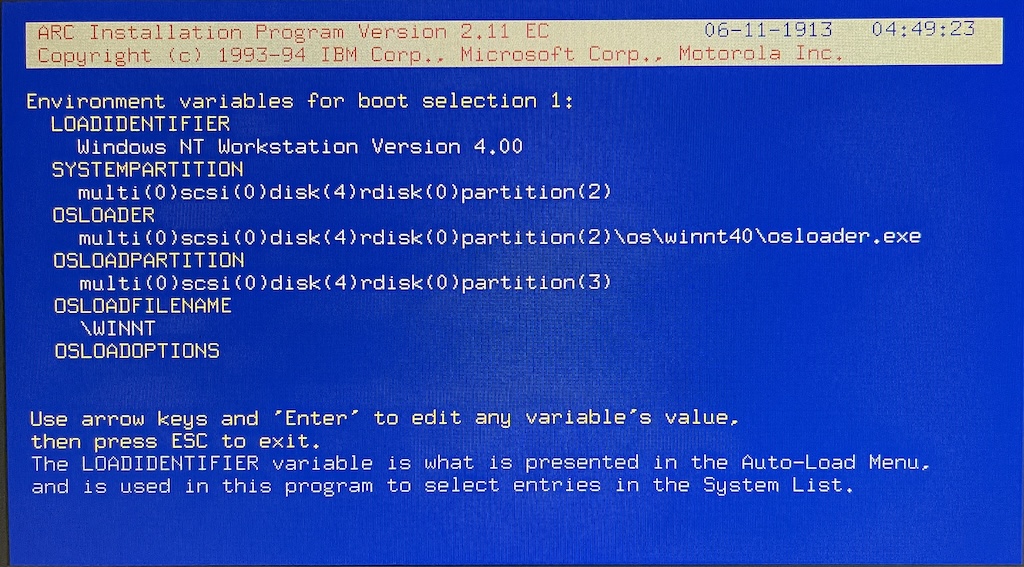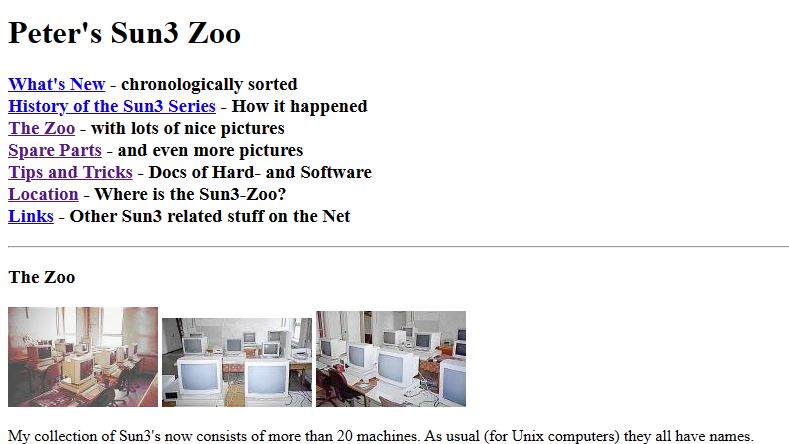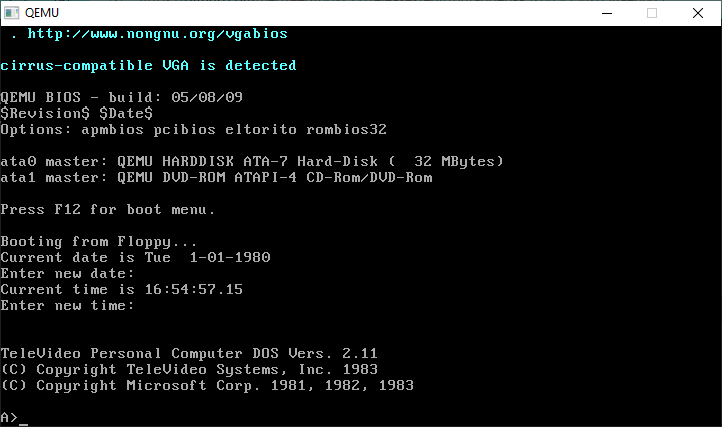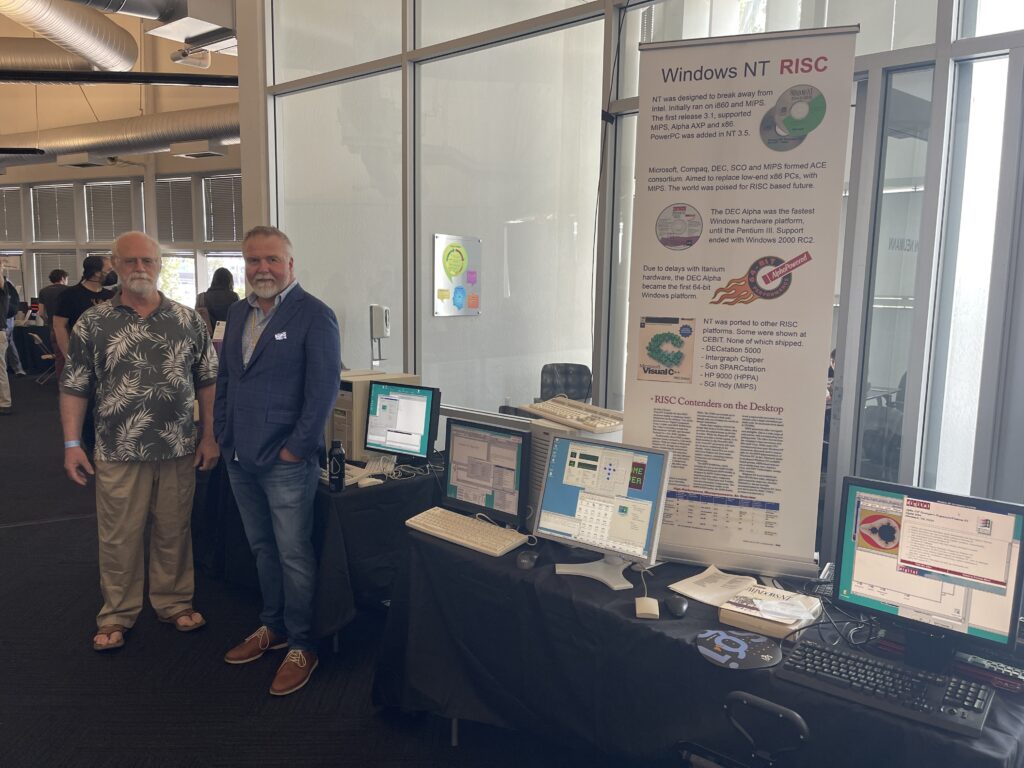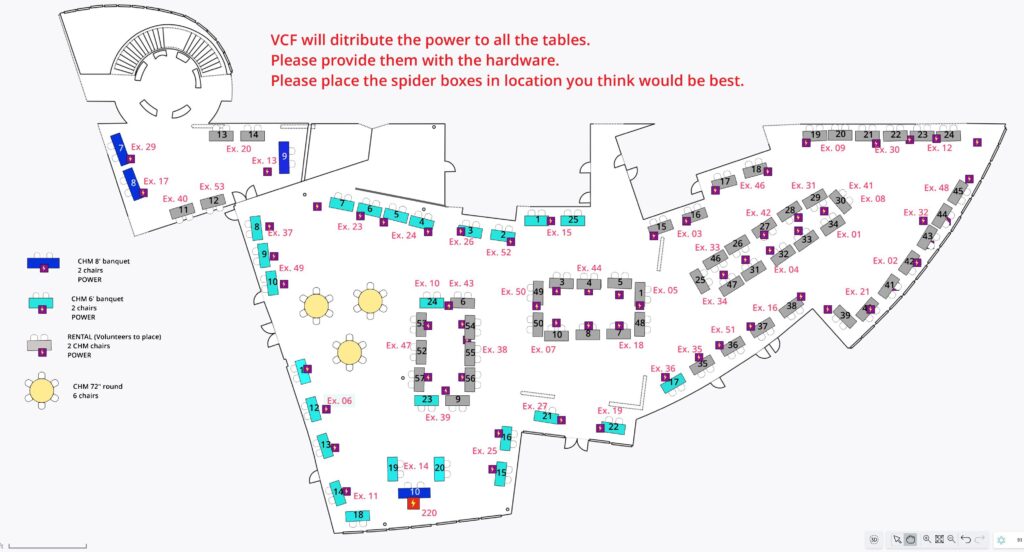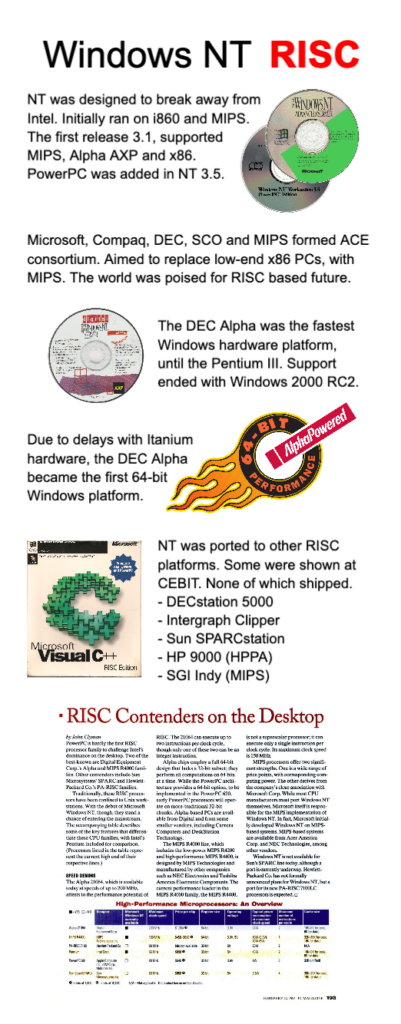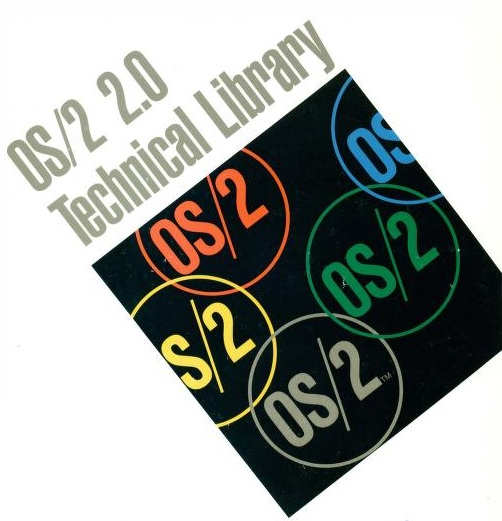Well like everything else, once you know what to do, its pretty self explanatory and easy. But until that point it’s a lot of trail and error.
The PS/2 model of computers went away from the PC/XT/AT design for something that would be more toolless and allow for more automation in the building & assembling of these machines. That means they removed loose wiring where possible to give not only great airflow, but an overall clean aesthetic to the PS/2 build. What this also means is that the old 34pin floppy ribbon will not do.
The PS/2 version uses and edge connection and integrates the 5v/12v power rails into the interface. You can try to add an old floppy to the mix, but there is 5 pins that need to be held high through a resistor pack to get an old floppy drive working. I didn’t want to fight it that much so instead I ordered an adapter from eBay, being sold by markgm.
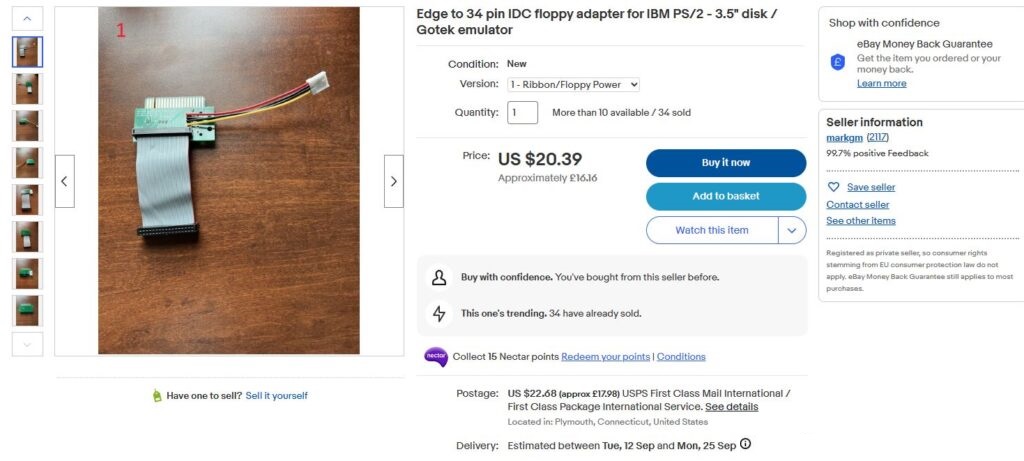
After much trial and error I found
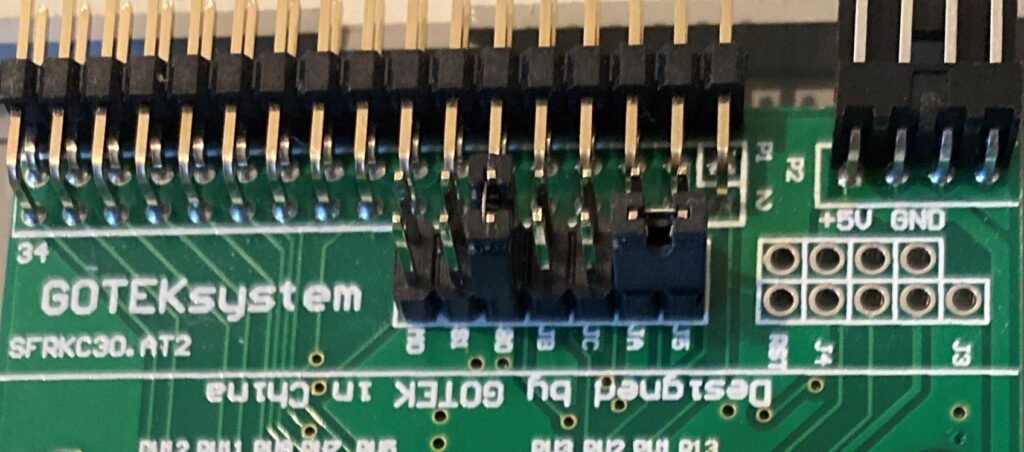
After a lot of trial and error I found jumpering it for S0 was what worked. While I had read that JC was also needed, it just didn’t work when I tried. S0 puts the gotek into the first floppy position, in the older PC/XT/AT’s they jumper every drive as S1, but have a twist in the cable to negate it on the primary position.
The other catch is that it absolutely required a FF.cfg file
interface = ibmpc-hdout host=pc-dos
Even though so many other systems didn’t need it, mine sure did. And Obviously I flashed my drive to the latest version of flashfloppy (3.41 as of now.). That also meant checking the processor type, which, is simple enough to check by opening it up, and setting your camera to maximum zoom.
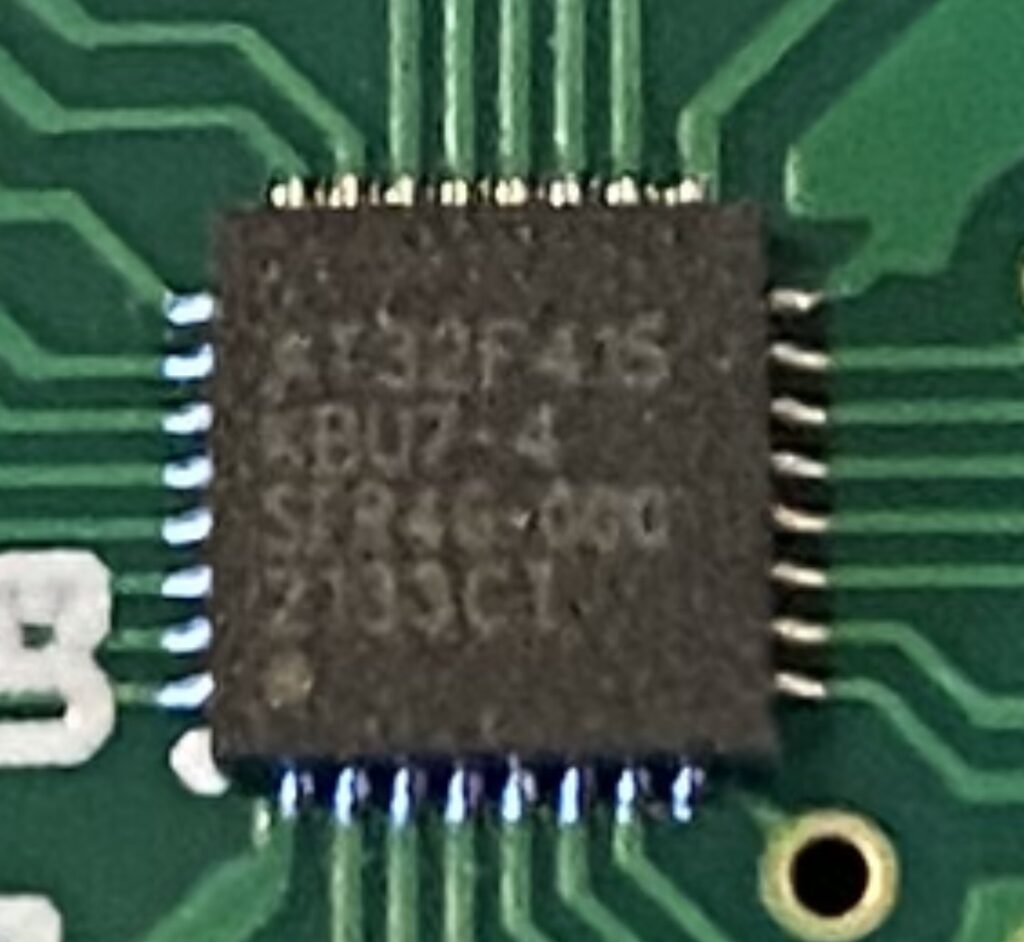
Or checking the gallery of microcontrollers in the various Gotek’s. The prices have shot up dramatically over the last few years for unknown reasons, so they switched to from the ST to the AT line or similar processors.
Can’t say I blame them.
So with the drive updated, and config file loaded, along with a disk image, it finally booted up!
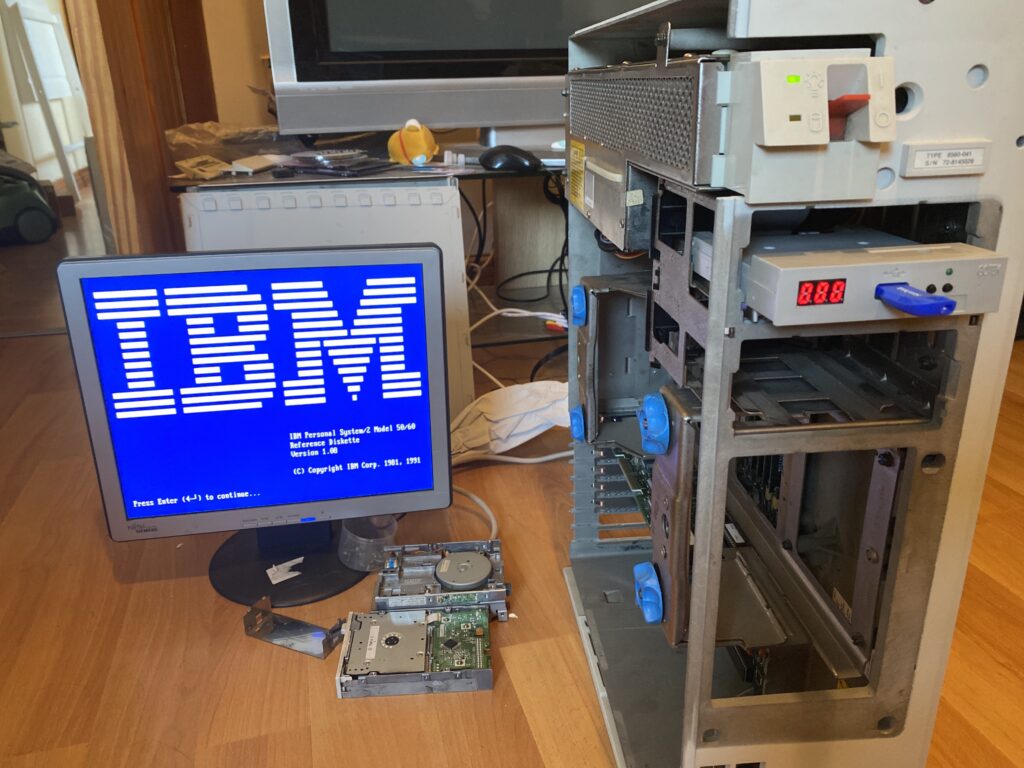
And with that in place I was able to boot the reference disk, and setup the system. The inside is a bit ugly but, I wanted to get this thing fully loaded, so I picked up an 80287-10.
One interesting thing about the PS/2 line of machines is that the 286’s could run their math coprocessors in synch. The IBM-5170/AT ran it asynchronously at 2/3rds the clock value. I would have imagined they convinced someone somewhere how at big step up from a 6Mhz 80286 & 4mhz 80287 to get into a PS/2 model 50/60 with a blistering 10Mhz 80286/287.
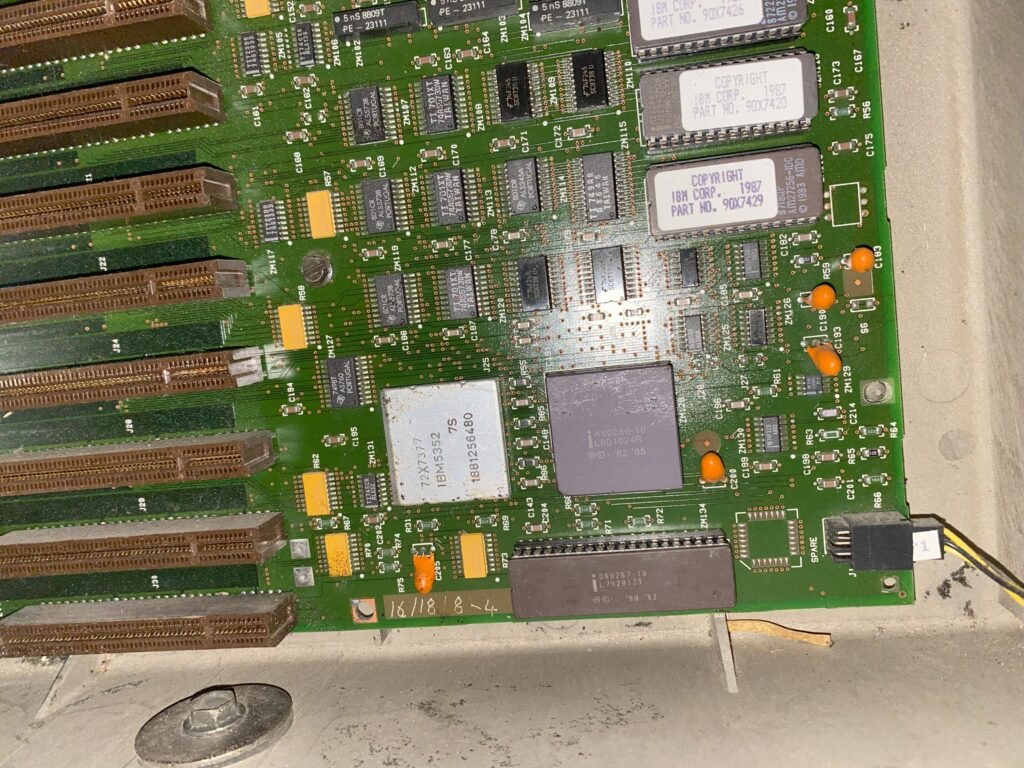
Happily the 80287-10 I had gotten from fractal2015, worked just fine.
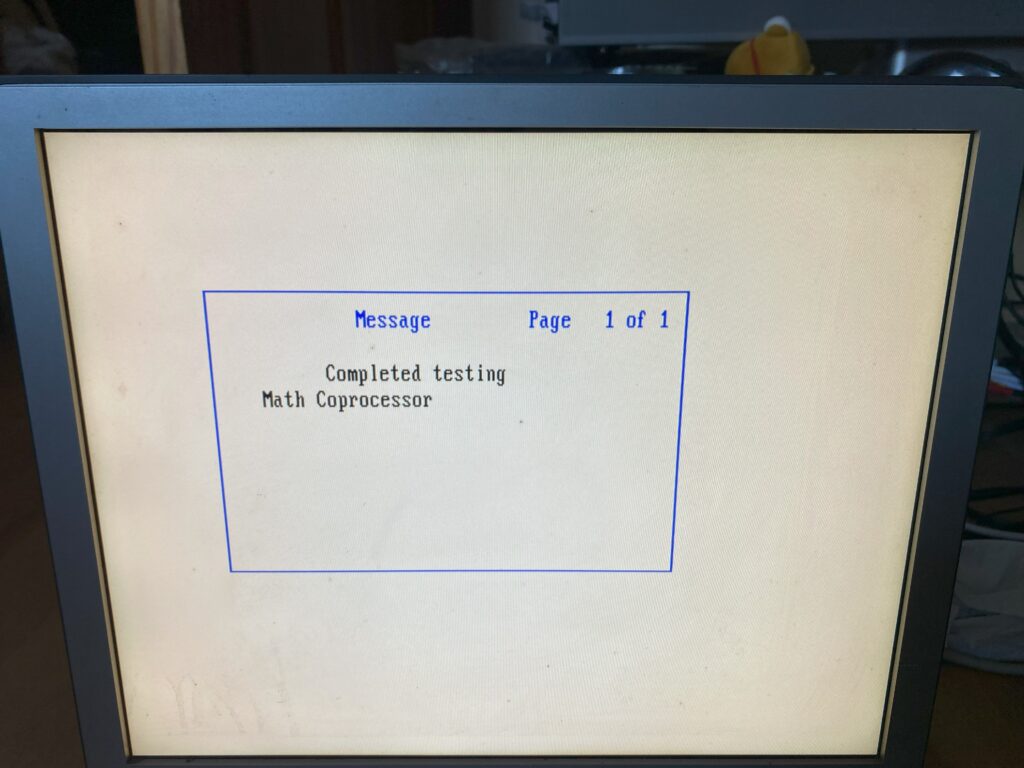
Wow. awesome.
I’m waiting still for some cables to hook up the bluepill to the SCSI card, and the memory card, so I can run meaningful applications like SimCity for Windows, and OS/2.
In the meantime I can do simple stuff from floppy. I’m still trying to keep an eye out for either an ethernet card, or a Token Ring card & MAU, along with cisco cards to at least let me use NetBEUI.
But for anyone else needing a solid answer on how to get the Gotek working with an IBM PS/2 model 60, here you go!


